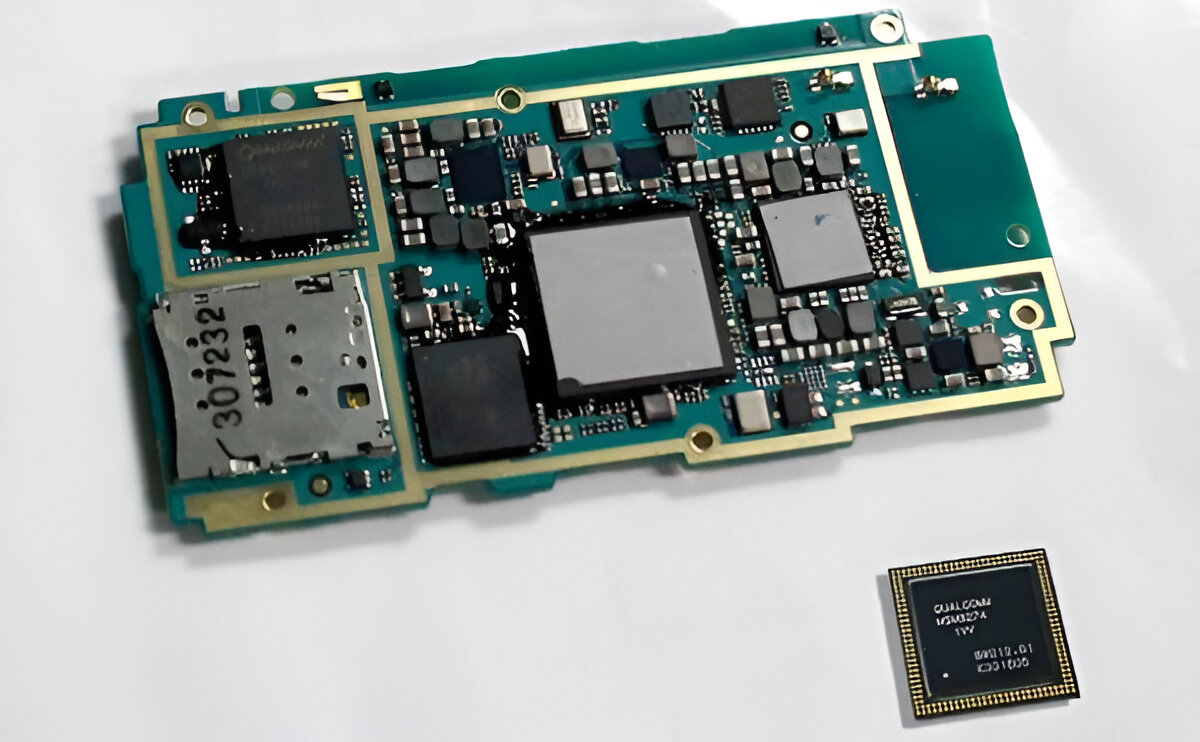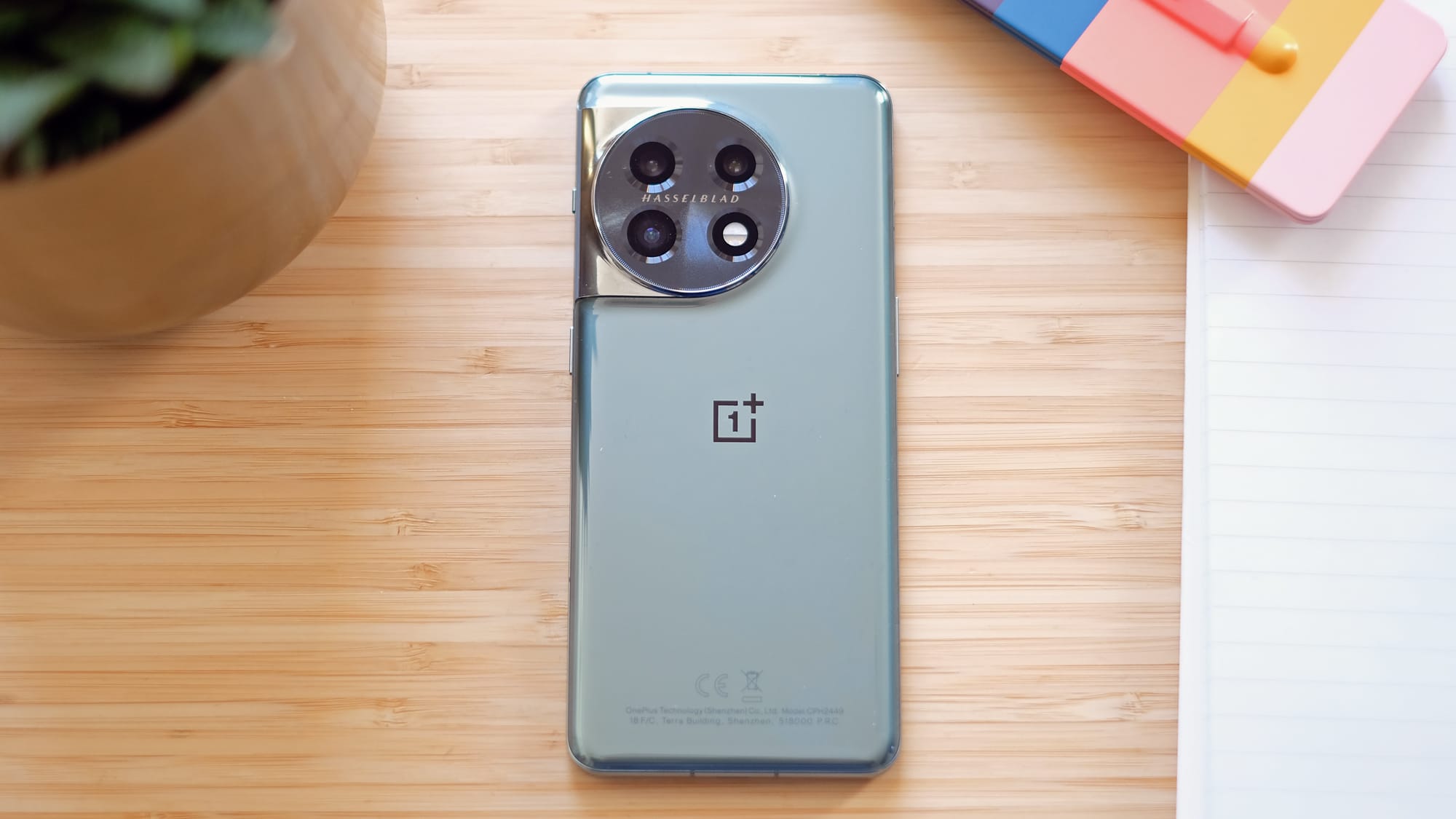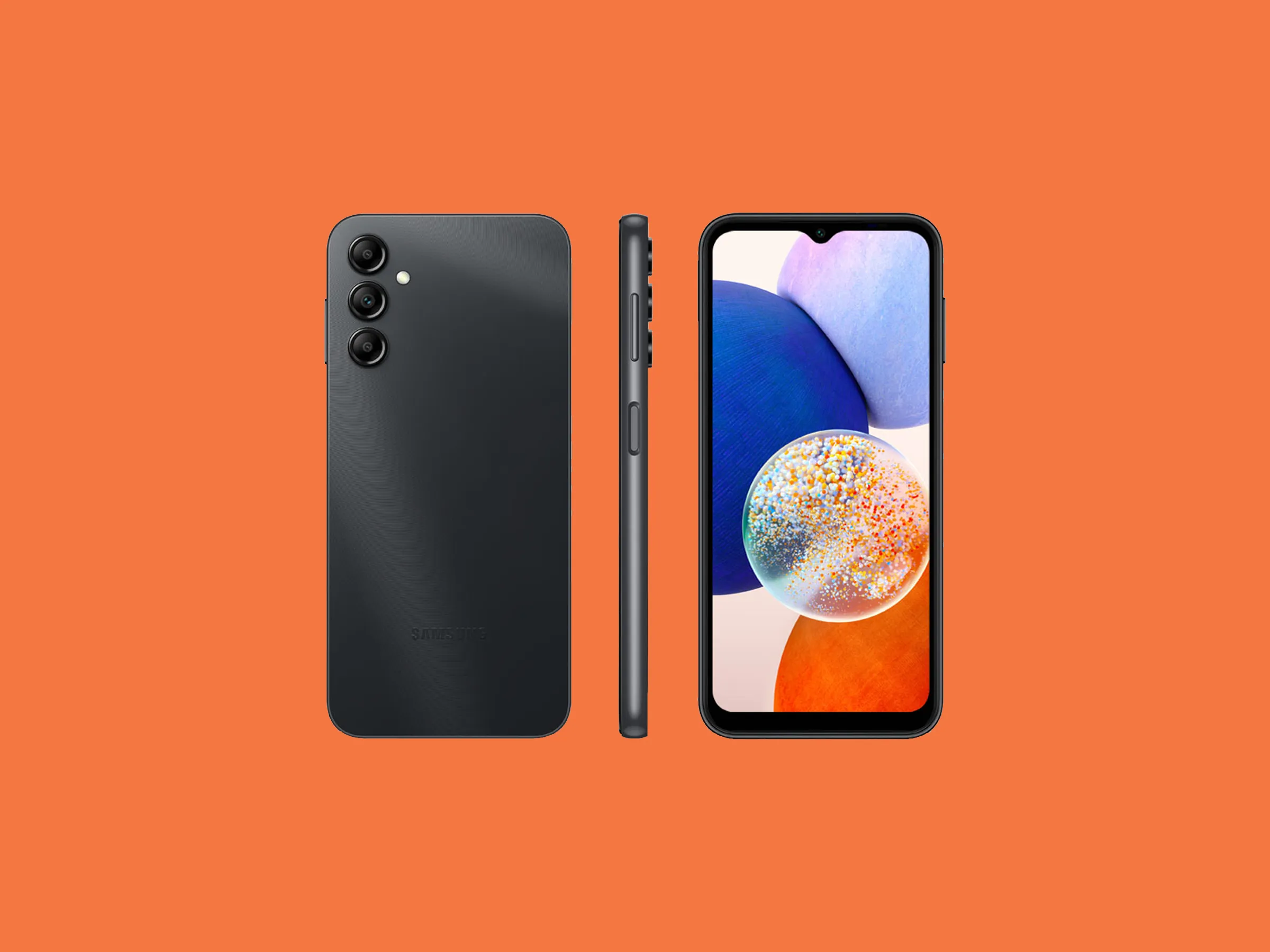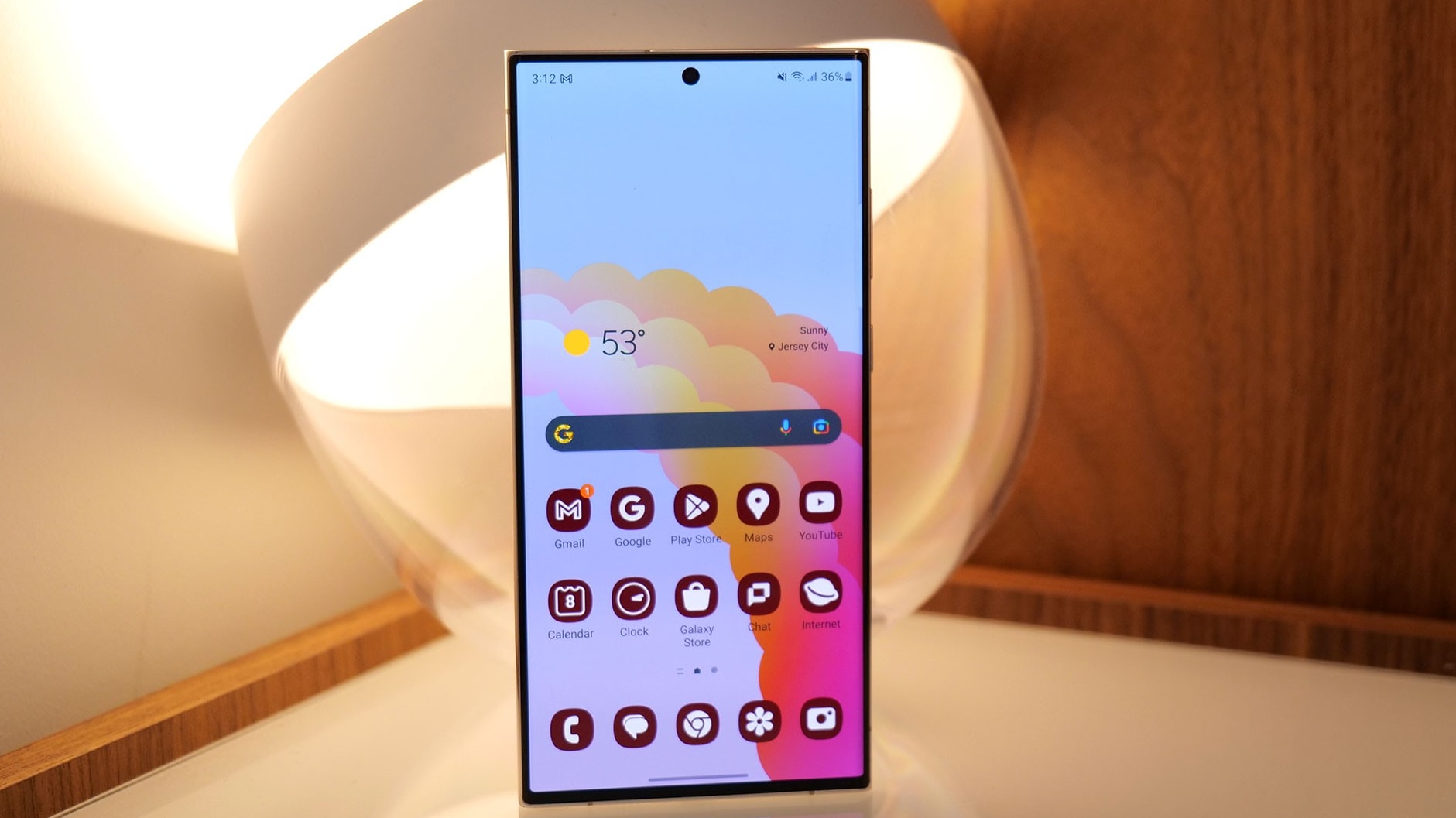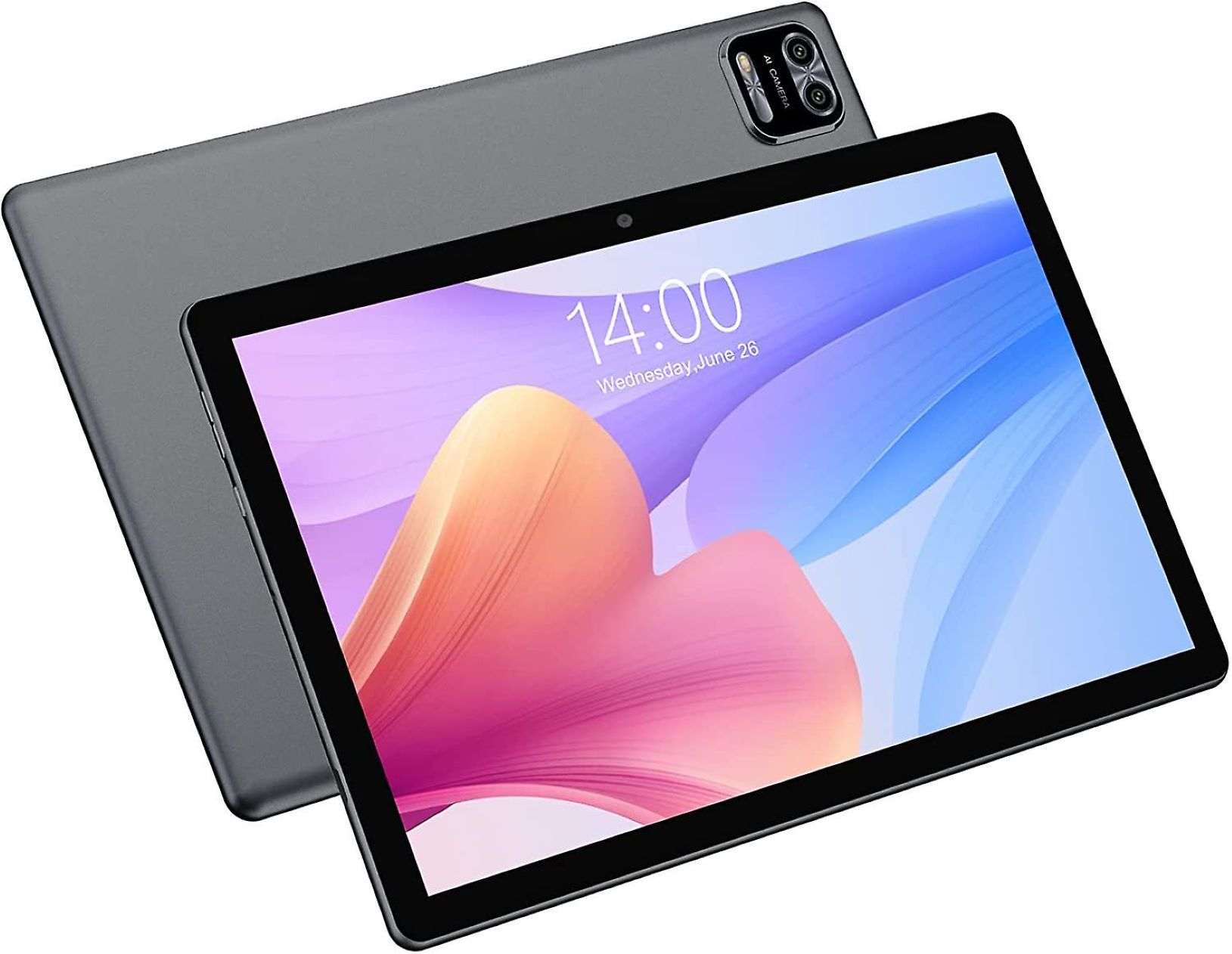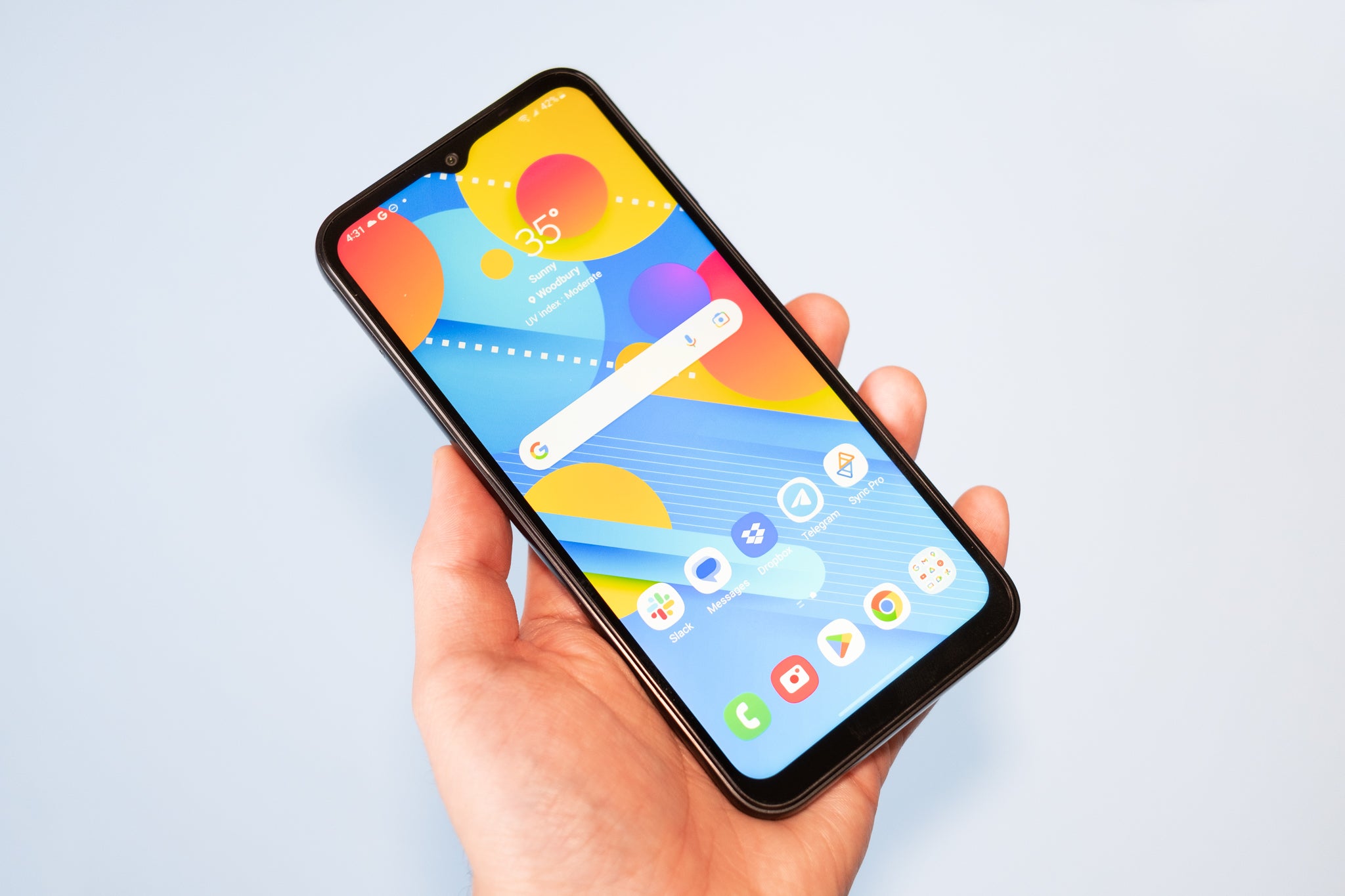Introduction
Welcome to the world of smartphones, where technology continues to advance at an incredible pace. Nowadays, our phones are more than just devices for making calls or sending messages. They have become our companions, assisting us in various aspects of our daily lives. One crucial component that plays a significant role in the performance of an Android phone is RAM.
RAM, which stands for Random Access Memory, is a type of temporary storage space that allows your phone to quickly access and process data. It serves as a workspace for your device, storing the apps, files, and data that are currently in use. In other words, RAM enables your phone to multitask efficiently and provide a smooth user experience.
Understanding the importance of RAM on your Android phone can help you make informed decisions when it comes to choosing a device that meets your needs. Additionally, knowing how to optimize RAM usage can significantly enhance the overall performance of your phone.
In this article, we will delve into the world of RAM on Android phones, exploring its significance, how to check the amount of RAM on your device, and ways to optimize its usage. So, let’s dive in and explore the fascinating world of RAM on your Android phone!
What is RAM?
RAM, short for Random Access Memory, is a vital component of your Android phone’s hardware. It is a type of volatile memory that is responsible for temporarily storing data and instructions that the phone’s processor needs to access quickly. Think of it as your phone’s short-term memory or workspace.
Unlike the long-term storage provided by your phone’s internal storage or SD card, RAM is designed for immediate data access. It is several times faster than other storage options, allowing for faster retrieval and processing of information.
RAM is crucial for multitasking on your Android phone. When you open an app, it gets loaded into the RAM so that the processor can quickly access and execute the app’s instructions. The more RAM your phone has, the more apps and tasks it can keep in memory simultaneously, enabling seamless multitasking without lag or slowdown.
It’s important to note that RAM is a volatile memory, meaning its contents are not retained when the phone is turned off or restarted. Once you power off your device, the data stored in RAM is cleared, and the space is freed up for the next session.
Modern Android phones come with varying RAM capacities, typically ranging from 2GB to 12GB or even higher for high-end flagship devices. The amount of RAM your phone has greatly impacts its performance, especially when it comes to handling resource-intensive tasks such as gaming, multitasking, or running memory-hungry applications.
In the next section, we will explore why RAM is important on an Android phone and how it affects the overall performance of your device.
Why is RAM important on an Android phone?
RAM plays a vital role in the performance and overall user experience of your Android phone. Here are a few reasons why RAM is important:
- Smooth multitasking: RAM allows your phone to efficiently run multiple apps simultaneously without lag or slowdown. It provides the necessary space for storing app data and instructions, ensuring seamless switching between apps and smooth multitasking.
- Faster app loading and response: When you launch an app, it gets loaded into RAM for quick access by the processor. Having sufficient RAM enables apps to load faster, respond quickly to user input, and deliver a smooth and responsive user experience.
- Optimal gaming performance: Mobile gaming has become increasingly popular, and RAM plays a crucial role in delivering a lag-free gaming experience. Games with high graphics and complex gameplay require ample RAM to store assets and execute processes smoothly.
- Efficient web browsing: RAM allows your browser to store web page data, including images and scripts, for quick retrieval. With more RAM, you can have multiple tabs open without slowing down your device or experiencing browser crashes.
- App performance: RAM affects the overall performance of apps on your Android phone. Insufficient RAM may result in apps crashing, freezing, or taking longer to respond, impacting your productivity and user experience.
Moreover, RAM also plays a role in conserving battery life. When an app is running in the background, it may be stored in RAM, consuming fewer resources compared to restarting the app from scratch. This allows for faster app resumption and efficient management of system resources.
It’s important to note that while RAM is critical for seamless performance, it is not the sole factor determining the overall speed and responsiveness of your phone. The processor, software optimization, and storage speed also contribute to the device’s performance.
Next, let’s explore how to check the amount of RAM your Android phone has and monitor its usage.
How much RAM does my Android phone have?
Knowing the amount of RAM your Android phone has can give you insight into its capabilities and help you understand its performance potential. There are a few ways to check the RAM capacity on your device:
- Settings menu: The easiest way to check the amount of RAM on your Android phone is through the Settings menu. Open the Settings app, then navigate to the “About phone” or “System” section. Look for the “Memory” or “Storage” option, where you should find the information about your installed RAM.
- Manufacturer’s website or documentation: If you don’t have access to your phone or want to double-check the RAM capacity, you can visit the manufacturer’s website or consult the phone’s documentation. Look for the technical specifications or product details section, where you should find the information about the RAM.
- Third-party apps: There are several third-party apps available on the Google Play Store that can provide detailed information about your phone’s hardware, including RAM capacity. Apps like CPU-Z, AIDA64, or Geekbench can display comprehensive information about your device’s specifications.
It’s important to note that the RAM capacity mentioned in the device specifications may not be the exact amount available for user applications. Some of the RAM is reserved for system processes and background tasks. The available RAM for user applications varies depending on the device and the Android version.
Keep in mind that the amount of RAM your phone has is not a definitive indicator of its performance. While more RAM generally allows for smoother multitasking and improved app performance, other factors such as the processor, software optimization, and storage speed also play a significant role in determining the overall speed and responsiveness of your device.
Now that you know how to check your phone’s RAM capacity, let’s move on to the next section, where we will explore how to monitor and manage RAM usage on your Android phone.
How to check the RAM usage on my Android phone?
Monitoring the RAM usage on your Android phone can give you insights into how your device is utilizing its memory resources. By keeping an eye on RAM usage, you can identify any apps or processes that may be consuming excessive memory and affecting the overall performance of your phone. Here are a few ways to check the RAM usage:
- Task Manager or Recent Apps: Most Android phones have a built-in task manager or recent apps screen that allows you to see the currently running applications. To access it, simply press the square or recent apps button on your device. This screen will typically display the list of open apps, along with the amount of RAM each app is using.
- Settings menu: On some Android devices, you can also find RAM usage information in the Settings menu. Open the Settings app, then navigate to the “Memory” or “Storage” section. Here, you should find detailed information about the amount of RAM being used by the system and individual apps.
- Third-party apps: There are numerous third-party apps available on the Google Play Store that provide detailed information about RAM usage on your device. Apps like “RAM Booster,” “Clean Master,” or “Task Manager” can display real-time RAM usage, as well as offer tools for optimizing memory and closing unnecessary background apps.
Monitoring RAM usage is especially helpful if you notice your phone becoming sluggish or experiencing frequent app crashes. By identifying memory-intensive apps, you can choose to close them or optimize their settings to reduce their impact on the device’s performance.
It’s worth noting that Android utilizes dynamic memory management, meaning it automatically manages the allocation and deallocation of memory resources based on the device’s requirements. Therefore, you typically don’t need to manually close apps from the recent apps screen or use third-party RAM booster apps to optimize performance. Android’s built-in memory management systems are designed to efficiently allocate resources as needed.
Monitoring RAM usage is primarily useful for troubleshooting purposes or if you suspect a specific app or process is causing performance issues. It can help you identify any potential memory leaks or excessive memory usage by certain apps, allowing you to take appropriate action.
Now that you know how to check the RAM usage on your Android phone, let’s explore how RAM affects the overall performance of your device.
How does RAM affect the performance of my Android phone?
RAM, being a critical component of your Android phone, has a significant impact on the overall performance of your device. It affects various aspects and functionalities, allowing for seamless multitasking and efficient app execution. Here’s how RAM influences your phone’s performance:
- App loading and responsiveness: When you launch an app, it gets loaded into RAM for quick access. Sufficient RAM ensures that apps load faster and respond promptly to user actions, providing a smooth and lag-free experience.
- Smooth multitasking: RAM enables your phone to run multiple apps simultaneously without experiencing performance issues. It provides the necessary space for storing app data, allowing seamless switching between apps and smooth multitasking.
- Gaming performance: Mobile games, especially resource-intensive ones, require ample RAM to store game assets and execute processes smoothly. Sufficient RAM ensures optimal gaming performance, minimizing lags and delivering an immersive gaming experience.
- Browsing experience: RAM plays a crucial role in web browsing by allowing the browser to store web page data for quick retrieval. With more RAM, you can have multiple tabs open without experiencing slowdowns or browser crashes.
- App performance and stability: Insufficient RAM can lead to app crashes, freezing, or slow performance. Apps may struggle to load or execute processes, negatively impacting your productivity and user experience. With adequate RAM, apps can function optimally and deliver a smooth performance.
RAM also affects the efficiency of your phone’s operating system and background processes. Having sufficient RAM allows the system to allocate resources appropriately, resulting in smoother overall performance and better battery management.
However, it’s essential to note that RAM alone is not the sole determinant of performance. Other factors like the processor, software optimization, and storage speed also play a significant role. It’s the synergy of these components that contributes to the overall speed, responsiveness, and smoothness of your Android phone.
Optimizing RAM usage, such as closing unnecessary apps and managing background processes, can help improve the overall performance of your device. In the next section, we’ll provide some tips to optimize RAM usage on your Android phone.
Tips to optimize RAM usage on my Android phone
Optimizing RAM usage on your Android phone can help improve its overall performance and ensure smooth multitasking. Here are some tips to help you make the most out of your device’s RAM:
- Close unnecessary apps: When you’re done using an app, make sure to close it properly. Apps running in the background consume RAM, so closing unused apps frees up memory for other tasks.
- Limit background processes: Some apps continue to run in the background and consume RAM even when you’re not actively using them. Restrict background processes by going to the Settings menu, selecting “Apps,” and then adjusting the app settings.
- Clear app cache: Cached data from apps can accumulate over time and occupy valuable RAM space. Regularly clear the app cache by going to the Settings menu, selecting “Storage,” and then choosing “Cached data.”
- Disable or uninstall unnecessary apps: Determine which apps you rarely use or don’t need and uninstall them. Disabling pre-installed apps that you don’t use also helps free up RAM and system resources.
- Use a lightweight launcher: Launchers with extensive customization options and animations can consume a significant amount of RAM. Opt for lightweight launchers that prioritize performance and use minimal system resources.
- Manage widgets: Widgets on your home screen can be convenient but can also consume RAM and affect performance. Keep only the widgets you need and remove or disable unnecessary ones.
- Keep your device updated: System updates and firmware upgrades often offer performance improvements and optimizations. Keeping your Android phone up to date ensures efficient RAM management and overall system stability.
- Avoid live wallpapers: Live wallpapers may look appealing but can utilize RAM resources. Stick to static wallpapers to conserve RAM and improve device performance.
- Restart your phone regularly: Restarting your phone clears the RAM and releases any accumulated temporary files or processes. It’s a simple yet effective way to refresh your device’s performance.
Remember, optimizing RAM usage is about finding the right balance between necessary apps and processes while minimizing unnecessary resource consumption. It’s crucial to strike a balance that meets your needs without compromising the functionality and convenience of your Android phone.
By following these tips, you can enhance the performance of your Android phone and make the most out of its available RAM. Now that you’re equipped with these optimization techniques, you can enjoy a faster, smoother, and more responsive user experience on your device.
Conclusion
In this article, we’ve explored the significance of RAM on your Android phone and how it affects the overall performance of the device. RAM plays a crucial role in enabling smooth multitasking, faster app loading times, and optimal gaming performance. It allows your phone to handle resource-intensive tasks efficiently, ensuring a seamless user experience.
We discussed various methods to check the amount of RAM on your Android phone, including using the Settings menu, manufacturer’s documentation, and third-party apps. Additionally, we explored how to monitor and manage RAM usage to identify memory-intensive apps and optimize performance.
Furthermore, we provided helpful tips for optimizing RAM usage on your Android phone, such as closing unnecessary apps, limiting background processes, clearing app cache, and disabling or uninstalling unused apps. By implementing these strategies, you can free up valuable RAM space and enhance the overall performance of your device.
Remember that RAM is just one aspect of your phone’s performance. The processor, software optimization, and storage speed also contribute to the overall speed and responsiveness. Therefore, it’s important to consider all aspects when evaluating the performance of your Android phone.
By understanding the importance of RAM and implementing strategies to optimize its usage, you can make the most out of your Android phone and ensure a smooth and enjoyable user experience. So, unleash the full potential of your device by managing RAM effectively and enjoy a faster, more efficient smartphone experience!







